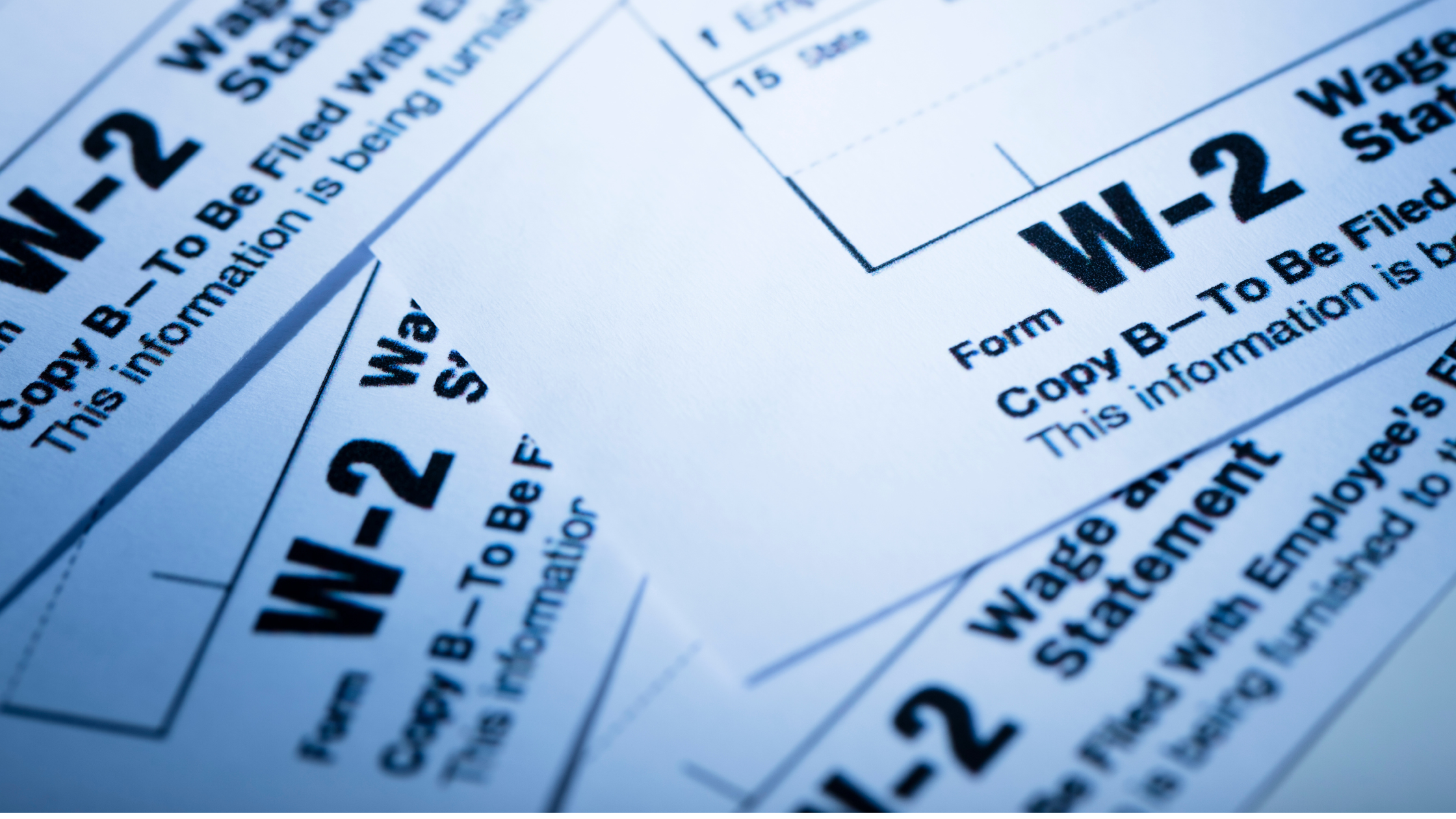Understanding your responsibilities for tax forms is essential to staying compliant with federal and state regulations as a business owner. One of the most important documents you need to handle correctly is the W-2 form.
Let’s break down everything you need to know about W-2s to help you stay on top of your payroll and tax obligations.
What is the W-2 Form?
The W-2 form, also known as the Wage and Tax Statement, is a document that employers are legally required to send to each employee and the IRS at the end of each tax year. This form provides a summary of an employee’s earnings, including wages, tips, and bonuses, as well as the taxes withheld from their paycheck for federal, state, and local governments.
Employees then use this form to file their personal income tax returns with the IRS.
Who Needs a W-2 Form?
If you pay at least $600 in wages to an employee during the calendar year, you must provide a W-2 form to that employee.
You are also required to send a W-2 to any employee whom you withheld income, Social Security, or Medicare taxes. This is regardless of the amount you paid them. This includes part-time and temporary employees too.
However, this does not include any independent contractors that you work with. That’s where a 1099 form comes in.
What is the Difference Between a W-2 and a 1099?
You can distinctly tell when to send a W-2 vs. a 1099 based on the type of worker receiving the form.
- W-2: Issued to employees of your business. The W2 shows the employee’s earnings and the taxes that were withheld.
- 1099: Issued to independent contractors. Unlike employees, contractors are responsible for paying their own taxes. Employers do not withhold taxes for these workers.
Understanding this distinction is crucial for classifying your workforce correctly and avoiding costly penalties for misclassification.
While both forms are needed for payroll and tax purposes, they serve different functions:
- W-4: Completed by your employees when hired or when they need to update their tax withholding. It tells you as their employer, how much federal income tax to withhold from their paychecks.
- W-2: Issued by employers to employees at the end of the year to summarize their earnings and taxes withheld. It is then used by employees to file their annual tax returns.
To sum it up, the W-4 is for setting up payroll, while the W-2 is for reporting payroll.
When Should You Send the W-2 Out?
The IRS mandates that W-2 forms must be sent to employees and filed with the Social Security Administration (SSA) by January 31 for the previous tax year.
If January 31 falls on a weekend or holiday, the deadline is extended to the next business day. You can distribute W-2s electronically or in paper form, but electronic delivery requires the employee’s consent.
To avoid penalties, you should meet this deadline and be sure to verify the information is accurate before submitting.
Penalties for Late or Incorrect W-2s
Failing to issue W-2 forms on time or providing incorrect information can result in penalties from the IRS. These fines can range from $50 to $630 per form, depending on how late the form is (or if you disregarded the form in general). Taking the time to verify employee details, wages, and tax amounts can save your business from these unnecessary expenses.
Accessing W-2 Forms with MegaPay
At MegaPay, we’re committed to making year-end reporting as seamless as possible. This year, W-2 forms will be available electronically on the employee portal starting in January.
While we previously sent hard copies to employers for distribution, we are transitioning to sending electronic copies directly to employers, with an email notification to keep you informed.
For clients who prefer traditional hard copies, don’t worry, we’ve got you covered. Simply request them from your representative, and we’ll send them out promptly.
Tips for Simplifying W-2 Management
- Use Payroll Software: Automated systems like Megapay can generate accurate W-2 forms and ensure timely filing with the IRS and SSA.
- Verify Employee Information: Before the year comes to an end, confirm that you have the correct names, Social Security numbers, and addresses for all of your employees.
- Keep Records Organized: Maintain detailed payroll records throughout the year to make W-2 preparation easier.
- Stay Informed: Keep up with any changes in tax laws or filing requirements to avoid compliance issues.
By having a smooth W-2 filing process, you can maintain compliance and build trust with your employees.
MegaPay is here to help simplify your payroll and tax management needs - contact us to learn how we can support your business.
Need HR help? Learn more about Fractional HR service! Designed for small teams, like yours.
 Meet the platform.
Meet the platform.





